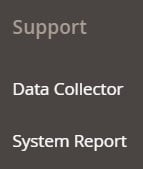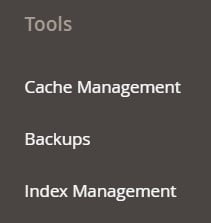Magento 2 Backend Exploration: CMS Pages
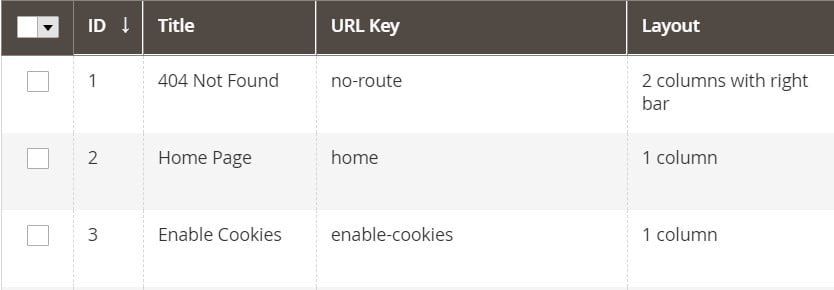
Below, we dive deep under the hood of Magento 2 backend, exploring its Content section. In this article, we describe Pages – a screen where all CMS pages, such as “About Us” or “Meet the Team“, are stored. Below, you can discover how the appropriate grid looks. Besides, we explain how to manage its content. The article also touches upon such aspects as the creation of new CMS pages. If you are wondering how to transfer them to your e-commerce store, you can also find the answer below. Continue Reading

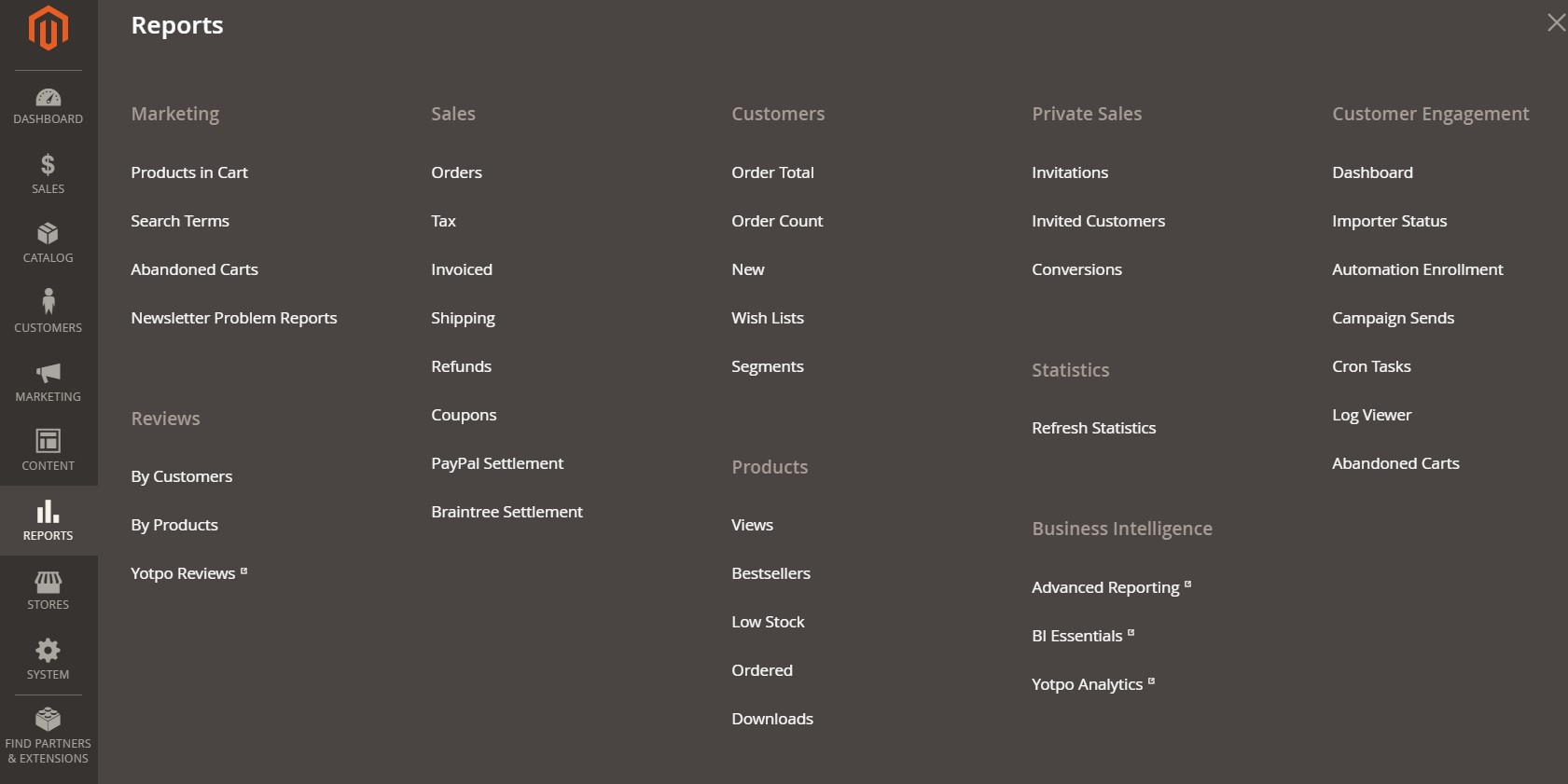
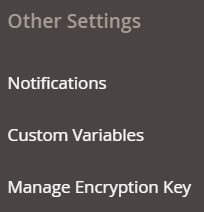
 The following article continues delving into the
The following article continues delving into the 
